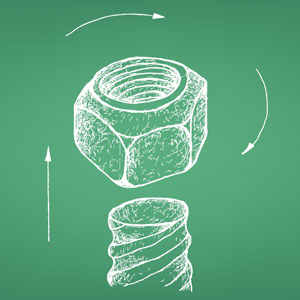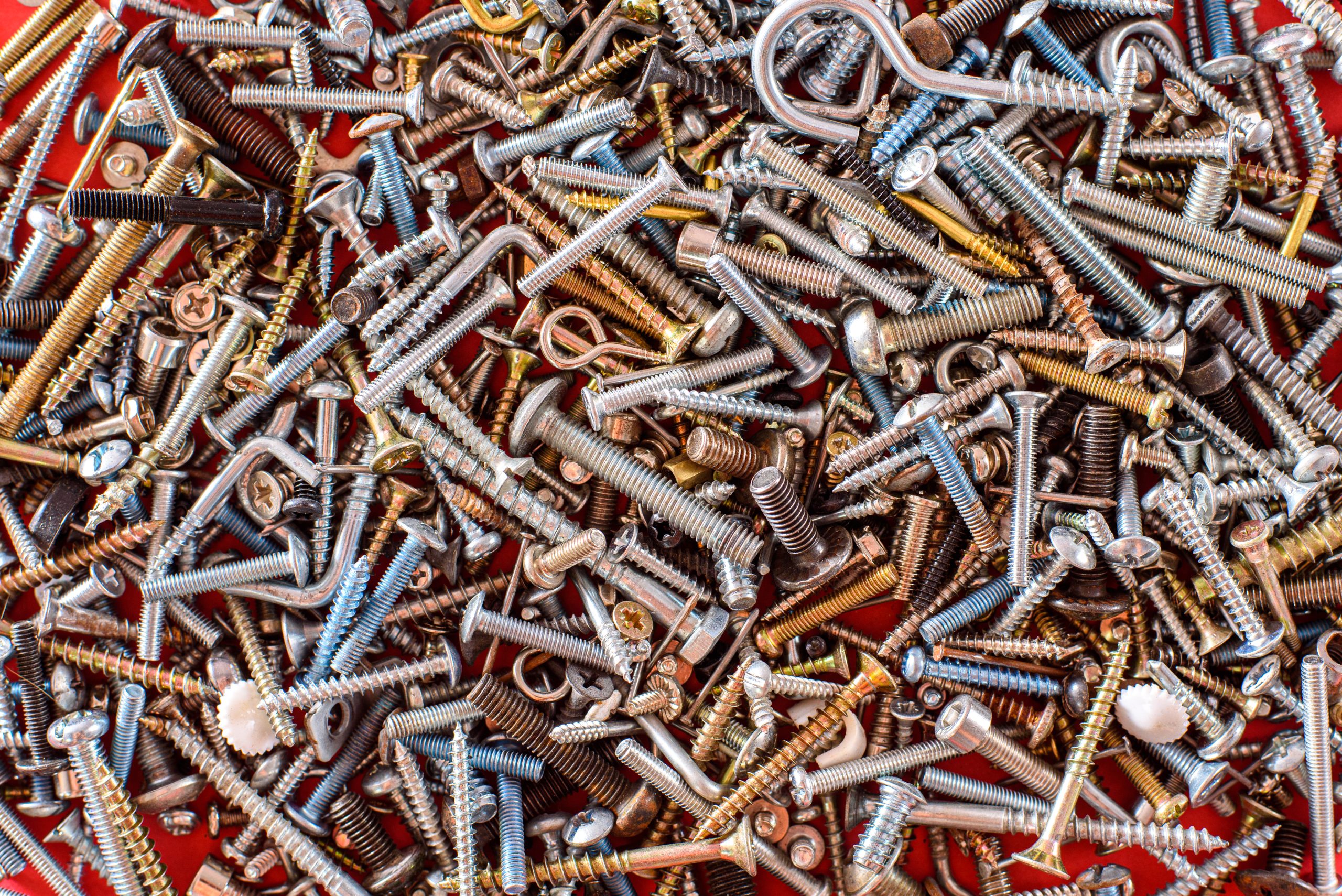
 It may be hard to believe, but screws are actually one of the world’s simplest machines, using its threads to move a cylinder forward and backward. Of course, screws are also one of the most effective fasteners as well, utilizing both internal and external threads to create friction that holds it in place. As you might imagine, the style of thread plays a major role in choosing the right screw for a particular application.
It may be hard to believe, but screws are actually one of the world’s simplest machines, using its threads to move a cylinder forward and backward. Of course, screws are also one of the most effective fasteners as well, utilizing both internal and external threads to create friction that holds it in place. As you might imagine, the style of thread plays a major role in choosing the right screw for a particular application.
How screw threads are formed
Screw threads are formed by two major processes: rolling and cutting. Rolled threads are formed by squeezing a screw blank between reciprocating serrated dies so that the blank’s metal is squeezed to form ridges with a larger diameter than the unthreaded blank. Cut screw threads are formed using a cutting tool such as a lathe.
Thread classes
Threads are initially identified as either internal (as inside a nut) or external (the outside of a screw), also known as male and female. External threads or bolts are designated with the suffix “A”; internal or nut threads with “B”. Threads are distinguished by the amounts of tolerance and allowance specified; for general guidance, the higher class number the tighter the fit.
Basic screw threads classes and terms:
1A & 1B: For rough commercial quality work where loose fit for spin-on-assembly is desirable
2A & 2B: The recognized normal production standard for the majority of commercial bolts, nuts and screws
3A & 3B: Provides a close fit between mating parts for high quality work
Class 4: An obsolete thread class that was more theoretical than practical
Class 5: Used principally for studs and their mating tapped holes; a force fit requiring the use of a wrench and application of high torque for semi-permanent assembly
Full diameter shank: The major diameter, measured to the outside of the thread and produced by cut thread or by roll thread on an extruded blank
Lead: The distance a screw thread advances in one turn along the screw’s axis
Major diameter: The largest diameter of a screw, measured from the edge of the thread
Minor diameter: The smallest diameter of a screw, measured from the base of the thread
Pitch: The distance from one point on a screw thread to a corresponding point on the next thread, measured parallel to the axis
Pitch diameter: The simple, effective diameter of screw thread, approximately half way between the major and minor diameters
Rolled thread: Threads that are cold-formed by squeezing the screw blank between reciprocating serrated; this acts to increase the major diameter of the thread over the diameter of unthreaded shank (if any), unless an extruded blank is used
Undersized shank: Approximately equal to the pitch diameter of the thread and produced by roll-threading a non-extruded blank


